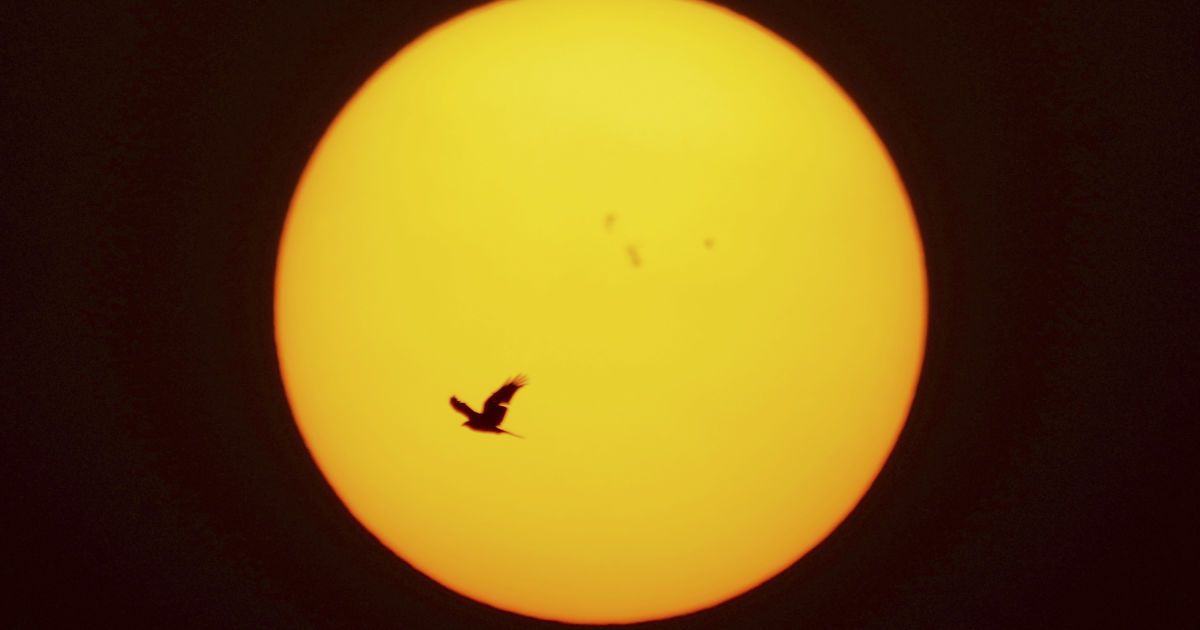NASA scientists said that the coronal mass ejection on the Sun, which
took place last week
, hit the Earth with debris.
The eruption of the so-called "dark" plasma took place on the opposite side of the Sun from the Earth.
Yahoo.com writes about it.
Thus, in the period from February to early March, there were intense M-class flares and one powerful X-class flare.
Class M solar flares are considered medium and can cause short-term radio outages, while class X flares can cause radio outages around the world.
NASA said the coronal mass ejection was traveling at 1,321 miles per second, or 2,127 kilometers per second.
Because of this high speed, the researchers designated the emission with the letter R, which stands for rarity.
"Even though the coronal mass ejection occurred on the far side of the Sun, its impact was felt on Earth. As it passes through space, the ejection creates a shock wave that can accelerate particles on their way to incredible speeds, just as surfers are being pushed by an oncoming ocean wave," NASA said.
NASA suspects the eruption hit the Parker Solar Probe head-on as it approaches its 15th closest encounter with the Sun, passing within 5.3 million miles of it last Friday.
Scientists continue to analyze the event to learn more about its consequences.
We will remind, on the island of Corsica,
scientists discovered a new species of cat
, which has a special genetic identity.
The animal is more similar to foxes than to domestic or forest cats.
Read also:
People's IT Army: Ukrainians created the world's largest cyber army, which broke the aggressor's plans
Why the icy shell of Jupiter's moon rotates faster than the core: new study
Scientists have discovered the remains of an ancient animal, older than dinosaurs
